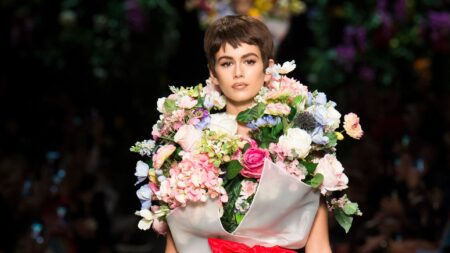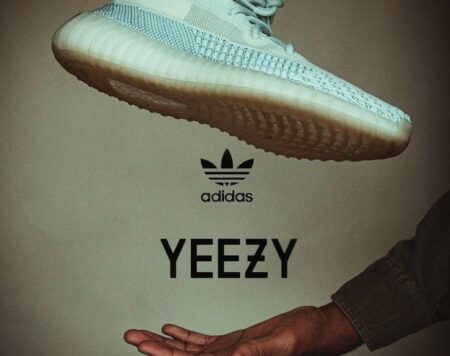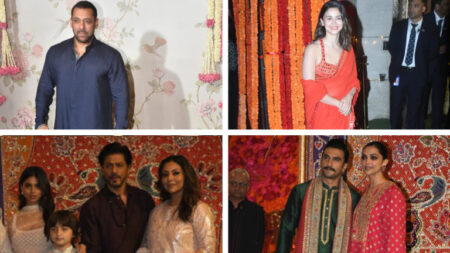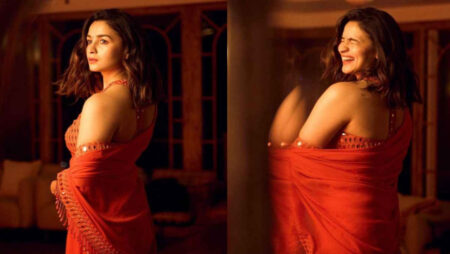Barbie is always in style. The trend known as “Barbiecore” is making waves in the fashion world, with celebrities like Lizzo and Florence Pugh embracing its feminine and pink aesthetic. The resurgence of early-aughts fashion and the upcoming release of the highly anticipated Barbie movie starring Margot Robbie have contributed to the trend’s popularity.
Barbiecore has been identified as the top trend of the past year, peaking in June 2022 when images of Margot Robbie dressed as Barbie in a hot pink Western outfit went viral on TikTok. This led to a significant increase in searches for pink clothing. However, Barbiecore has been a recurring trend in both celebrity and high fashion for the past two decades. Darnell Jamall Lisby, a fashion historian, explains that Barbiecore has been reinterpreted in different ways over the years, becoming a staple of 21st-century fashion.
The enduring influence of Barbie on fashion can be attributed to Ruth Handler, the doll’s creator. Handler aimed to provide girls with a doll that represented their future dreams and aspirations. Barbie’s extensive wardrobe allowed girls to imagine themselves in various careers and lifestyles. Marketing played a crucial role in establishing Barbie as a cultural icon, with Mattel targeting children directly through advertising. The doll’s association with the color pink became synonymous with her brand identity and further solidified her place in popular culture
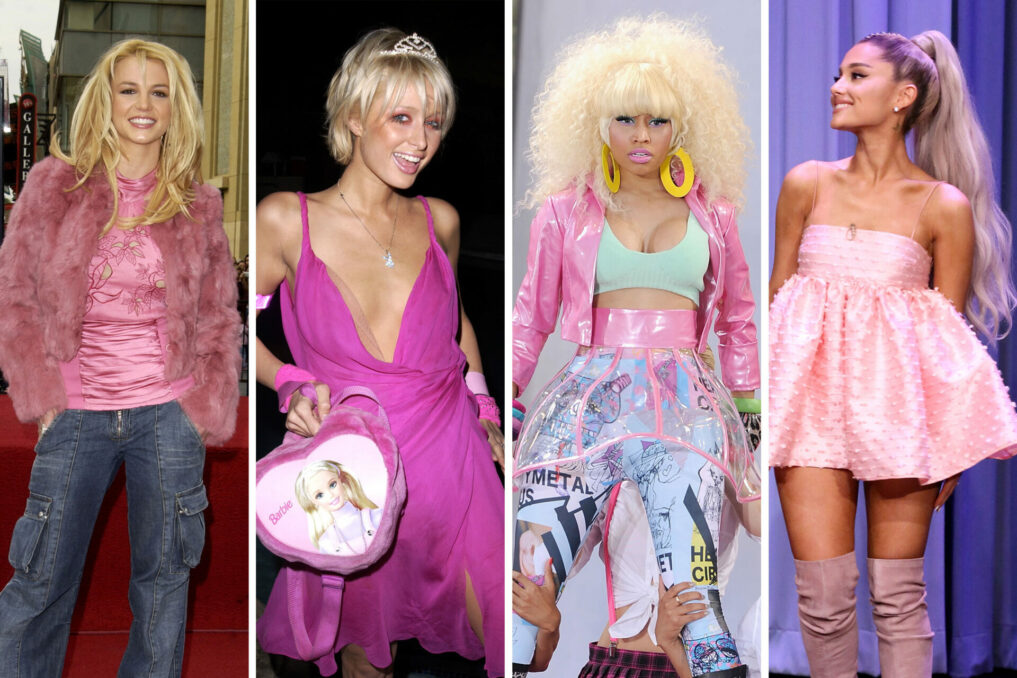
This Trends roots can be traced back to the early aughts, where celebrities like Paris Hilton, Nicole Richie, and Britney Spears popularized hyper-feminine and pink fashion styles. Films like Clueless, Legally Blonde, and Mean Girls featuring vibrant pink costumes also contributed to the trend. In the world of high fashion, designers like Pierpaolo Piccioli and Jeremy Scott have embraced Barbie’s influence in their collections.
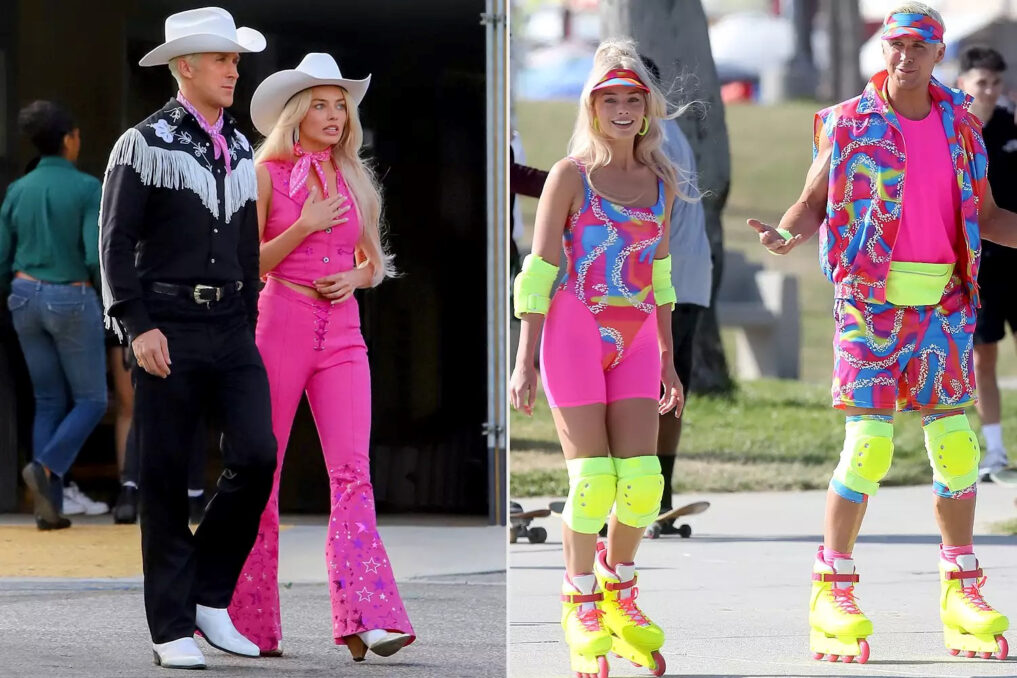
The trend’s accessibility, particularly its use of hot pink, allows everyone to participate at various price points. Barbiecore’s popularity on TikTok has been fueled by its virality and the platform’s ability to share cultural moments. Amid global uncertainties, Barbiecore fashion offers a sparkly fantasy that provides a temporary respite.
This Trend is not limited to hyper femininity but can also be a way for individuals to subvert or play with gender norms. It allows people to take fashion risks and express their own journey with gender identity or sexual preference.
In the end, Barbiecore’s allure mirrors that of the doll herself—it sparks conversations. From discussions about corporate marketing to societal perceptions of gender, race, and size, Barbie has remained a powerful cultural symbol. The ongoing popularity of Barbiecore reflects the significant impact Barbie has had on various aspects of our lives and the enduring fascination with her.









